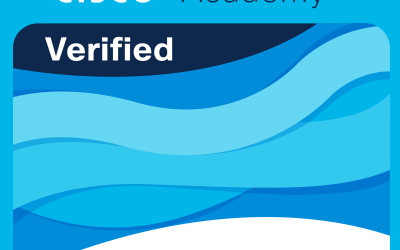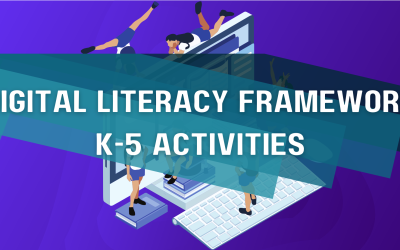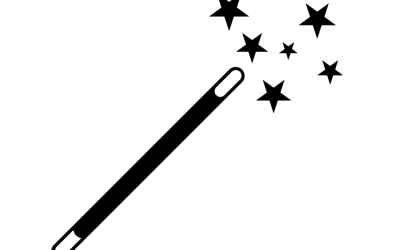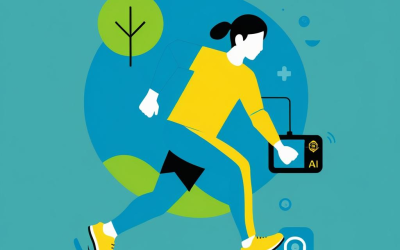Overview
In this inquiry-based and hands-on learning activity, students will be challenged to build a low-tech television, with recyclable materials, to animate their own daily commute to school. With inspiration from Grant Snider’s picture book, one boy watching, learners can visually experience what another peer notices and wonders on their way to school each day.
NB Curricular Connections
English Language Arts
- Strand: Reading – Big Idea: Reading Comprehension – Skill Descriptor: Connect and respond personally and critically to text.
Visual Arts
- Strand: Create – Big Idea: Application and Product
What You’ll Need
- Plain white paper circles – 2 per student
- Rubber band – 1 per student
- Recyclable Materials (cardboard boxes, paper towel rolls [or pencils, dowels, sticks, something round] bottle caps as buttons)
- White or brown paper
- Tape
- Pencils
- Markers, Crayons, Pencil Crayons or other colour medium
- Planning Template (Low-Tech Tvs)
- Smartboard/Projector access for video clips
Instructions
Discussion: Ask your students: What is animation? Using a whiteboard or chart paper, write down students’ ideas. Allow students to allow give examples of different types of animation or examples of animation that they have experienced, watched, or created. Then, check out a couple of videos around this concept: a) Flip Book Animation Example of a Grumpy Cloud AND b) The Awesome History of Animation for Kids Video.
Circle Animation: Have students cut out 2 circles from white paper and draw 2 different objects on each circle in 2 different colours. (Not scenery but 1 item: circle, square, X, their name, an animal, a cage, etc.) Then, have students glue the circles back-to-back so that 1 image appears on one side and the other image appears on the other side. Students will then punch a hole or use a sharp pencil on the dots indicated and tie a knotted piece of a rubber band through each hole. Students can twist the rubber band together to see the 2 objects blur into 1 before their eyes!
Go back to the whiteboard or chart paper and add additional information to “What is animation?” Create a definition and see how closely it aligns to: Animation is the process of giving the illusion of movement to drawings, models, or inanimate objects. (Britannica Kids, 2023)
Read Aloud: Before reading, encourage learners to really pay attention to the details that the main character notices during his own daily commute. Read the book together. After reading, go through page by page and have students share what they notice and what they wonder. Have students share with a partner about their own daily commute to school (by bus, by car, by walking) – Are their similarities or differences with the bus ride in the story? Allow students to share their experiences with the whole group.
Low Tech TVs – My Daily Commute: Discuss: “How can we make our daily commute come to life? How can we animate our ride or walk to school without using a technological device?” Using the planning sheet, students will use the illusion of moving images to simulate their own daily commute to school each day by creating a low-tech tv with “scrolling” pictures. Students are re-creating the bus window, car window, or walking path perspective to showcase what they notice each day for their peers to experience “through their eyes”. It’s important for students to explore scrolling their own artwork and creating their tv by playing with the materials and tinkering with what they have to work with. Some examples:
TVs now use different technology to project images for our eyes – not animation. Check out this website to truly understand modern-day televisions.
Television Premieres: Once students have completed their low-tech TVs, schedule a time for students to showcase their TV premiere to each other, in small groups or whole class. Have students describe how they created their low-tech TV and describe any challenges that they had to face and overcome. Cheer and celebrate each premiere.
Wrap-Up: Discuss: What did you notice watching the low-tech TVs? What are you still wondering? How does this help us know each other better? How can animation help us tell a story without words or text? Discuss: Which careers use animation? Are there animation jobs available here in New Brunswick? Check out the options here.
Extension Ideas
- Add narration, sound effects, or written words to accompany your low-tech TV animation
- Gather data on morning commutes: How many of us take the bus, get a ride, or walk? How many of us live outside of town limits or live in town? How many of us have a long commute or a short commute?
- How can we take our low-tech TV and create animation on a computer? Check out CANVA (canva.com) for simple animation tips and tricks.
- Schedule a visit with a computer animator to come to your classroom and talk about a day in the life of a Computer Animator
- Create a low-tech TV for another experience
Digital Literacy Framework

Reflection Activity
Please see the attached PDF for several choices on how you and your learners can reflect upon today’s activity.
Acknowledgements
- Thaumatropes: Thaumatropes – YouTube – EllieBTECMedia, Unit 33: Stop Motion Animation Techniques research, 2012.
- Grumpy Flipbook Animation Video: Grumpy Cloud FLIPBOOK – YouTube, Vancouver, WA. 2017.
- The Awesome History of Animation: The Awesome History of Animation | KiwiCo – YouTube, KiwiCo. 2015.
- DIY Cardboard TV: https://youtu.be/QyKki20YC5M , hello Wonderful, 2019.






